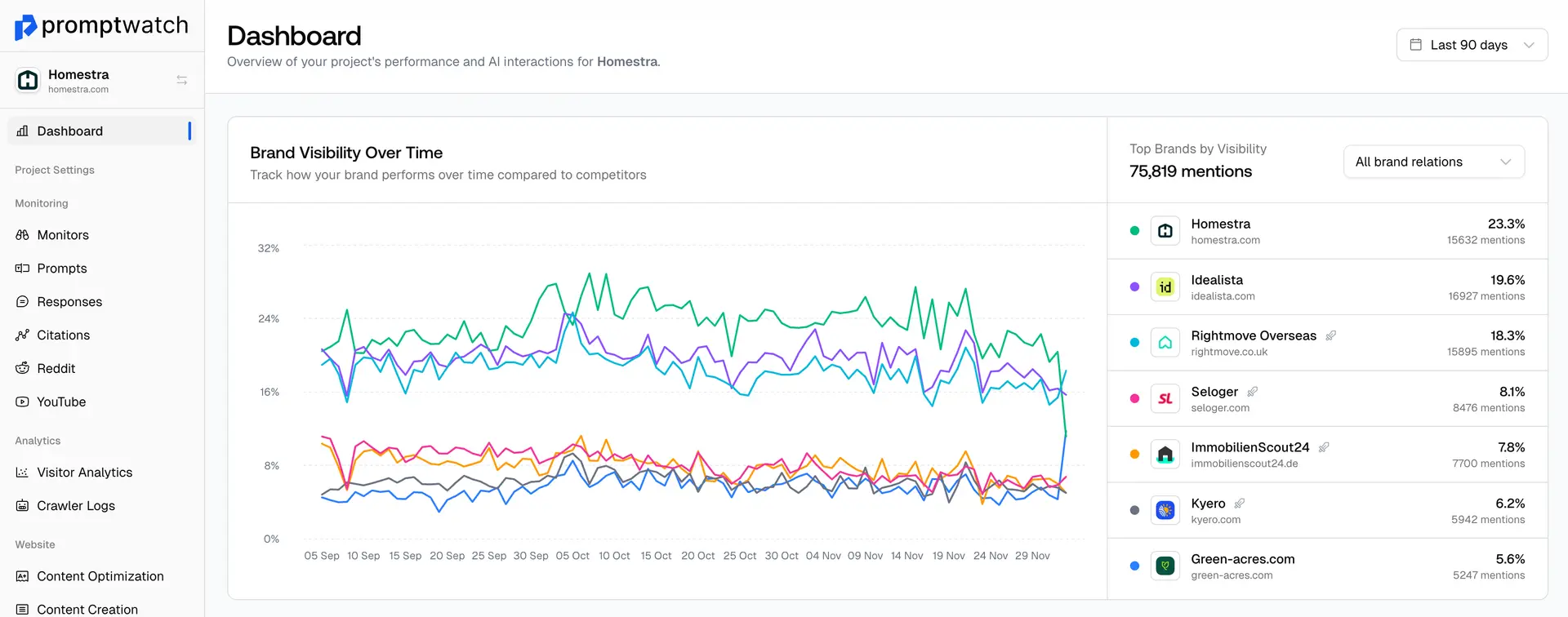Definition
Voice Search Optimization is the practice of optimizing content and websites to improve visibility and performance in voice-activated search queries conducted through devices like smartphones, smart speakers (Alexa, Google Home), and virtual assistants. Voice searches differ significantly from traditional text searches as they tend to be longer, more conversational, question-based, and local in nature.
Users typically speak in complete sentences and natural language patterns when using voice search, asking questions like 'Where is the nearest Italian restaurant?' or 'How do I remove red wine stains from carpet?'
For AI-powered search and GEO strategies, voice search optimization is increasingly critical because AI assistants like Siri, Google Assistant, Alexa, and ChatGPT often provide single, definitive answers sourced from optimized content.
Voice search optimization involves targeting long-tail, conversational keywords and phrases, creating FAQ-style content that answers specific questions, optimizing for local search queries with location-based information, implementing structured data markup for better content understanding, ensuring fast page loading speeds for mobile devices, and focusing on featured snippet optimization since voice assistants often read these aloud.
Content should be written in natural, conversational language that matches how people actually speak, with clear, direct answers to common questions. The rise of AI-powered voice assistants makes this optimization strategy essential for businesses wanting to be cited in voice search responses.
Examples of Voice Search Optimization
- A restaurant optimizing for voice queries like 'find Italian restaurants near me open now' by including location details, hours, and cuisine type
- A home improvement website creating FAQ content answering 'how to' questions that people commonly ask voice assistants
- A medical practice optimizing for voice searches like 'symptoms of flu' or 'urgent care near me' with comprehensive, conversational content
- An e-commerce site optimizing product pages for voice shopping queries like 'best wireless headphones under $100'
